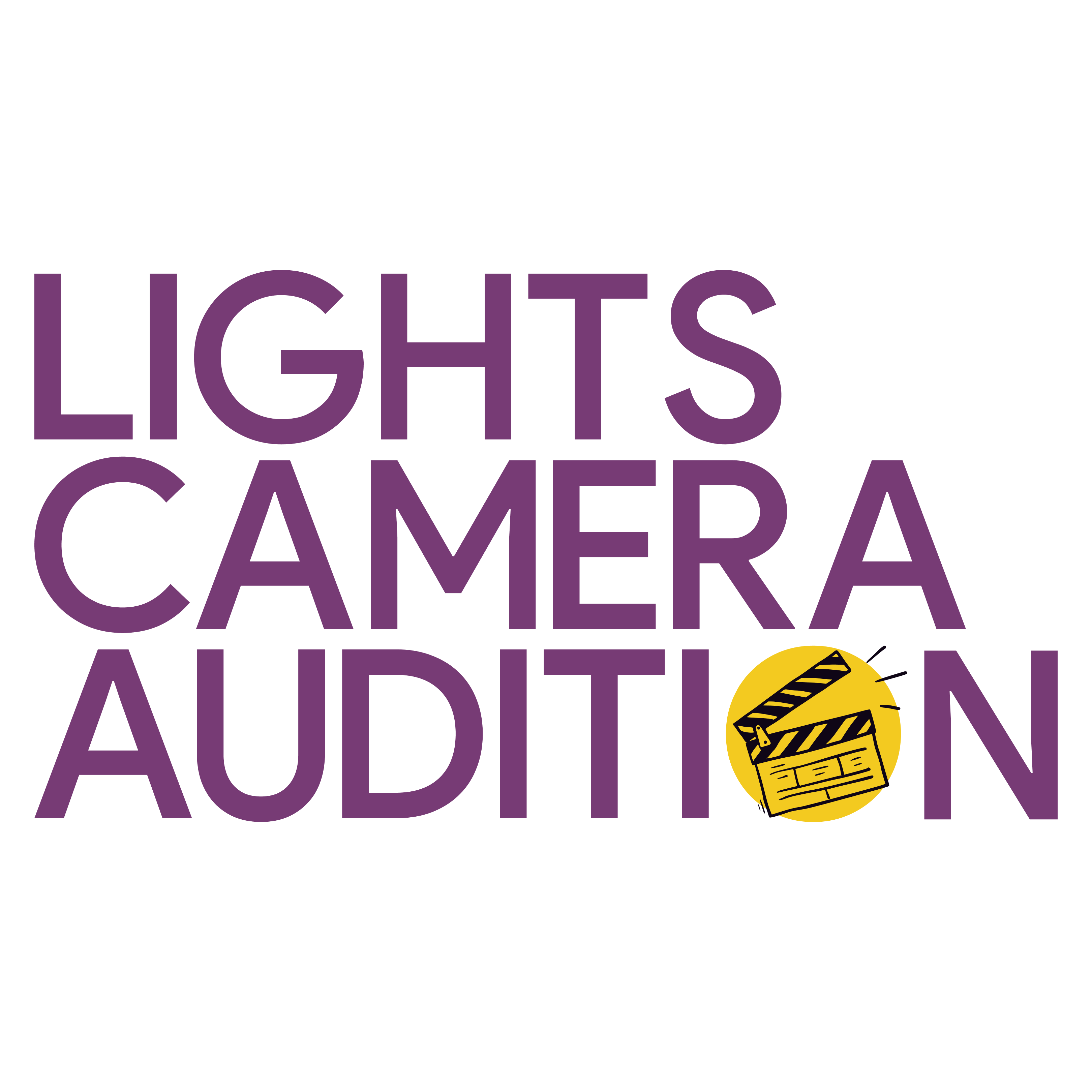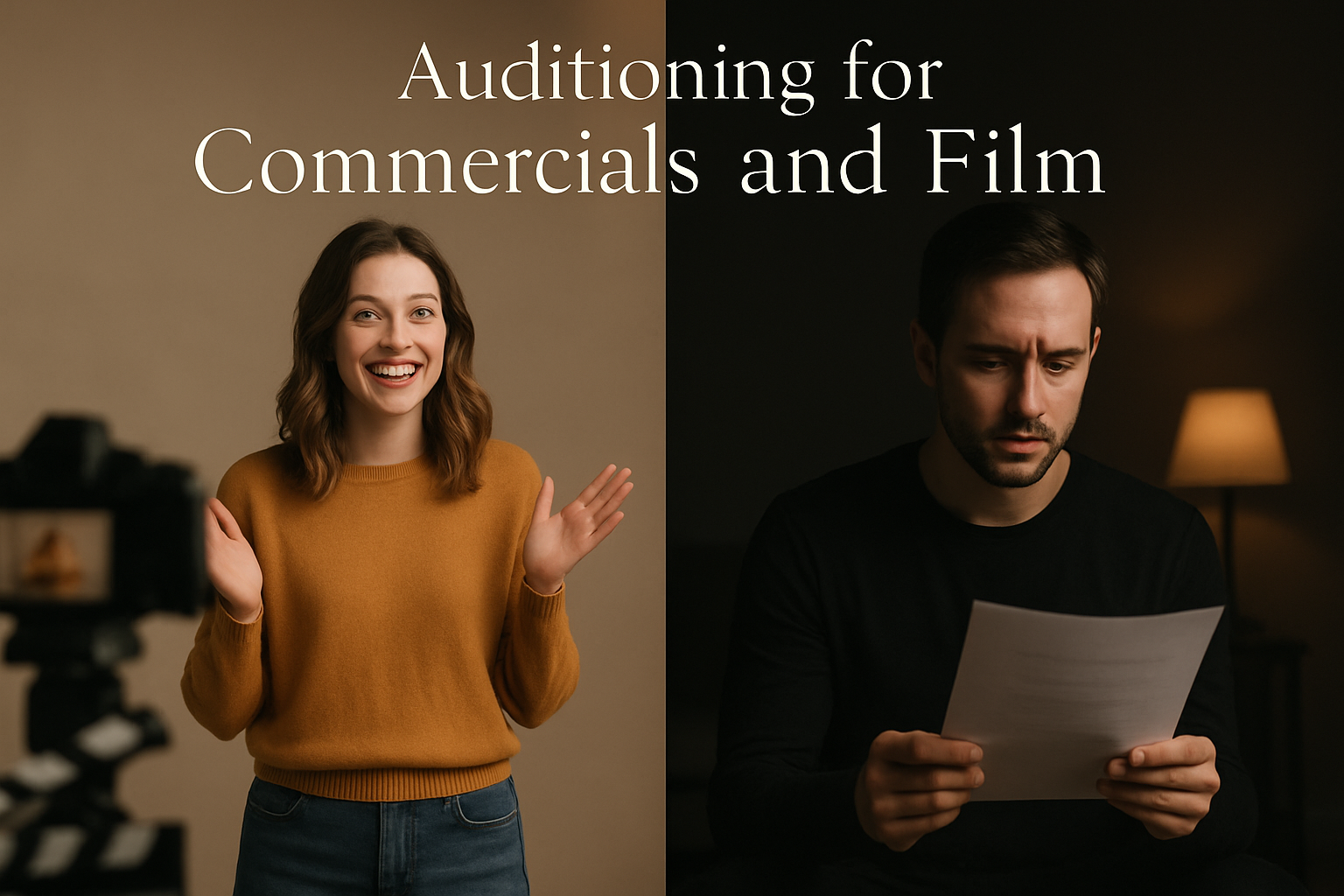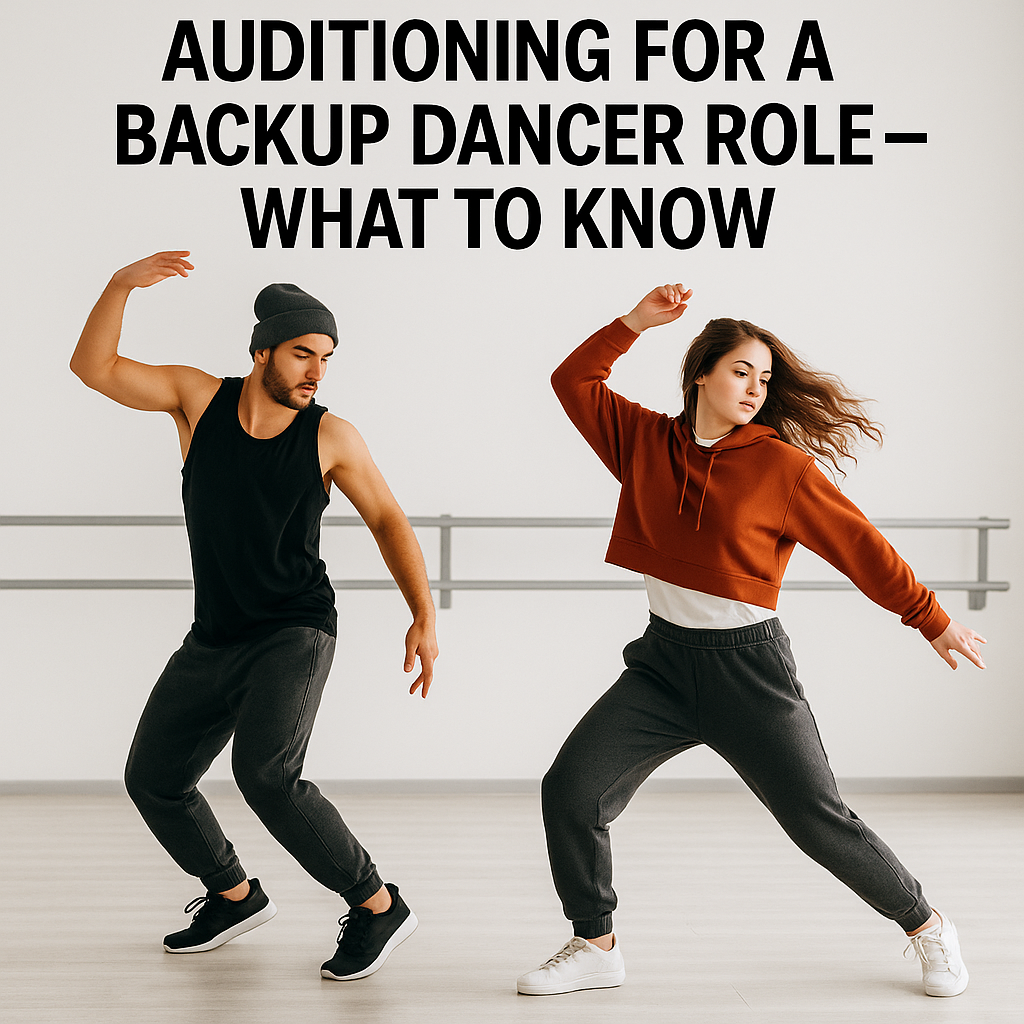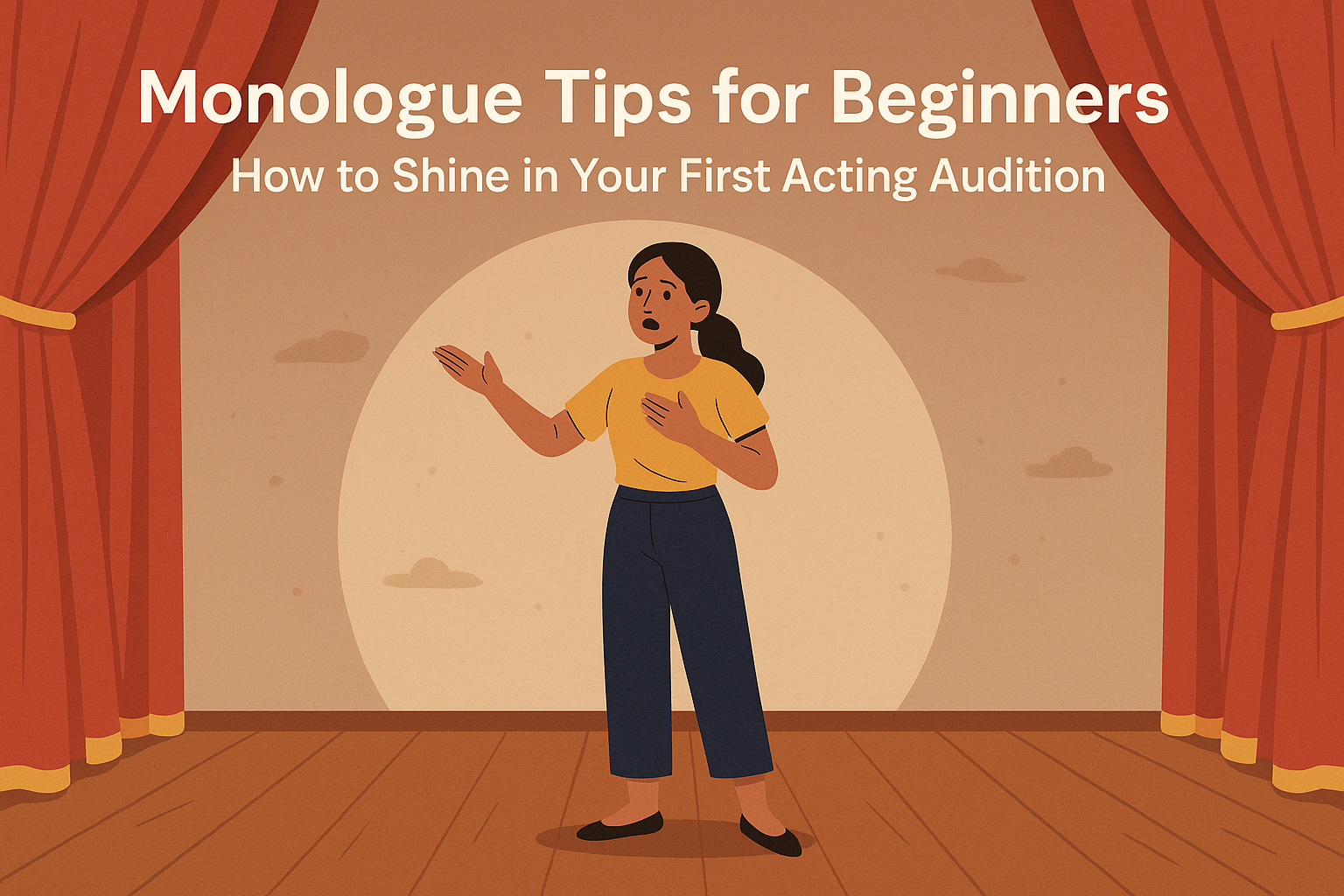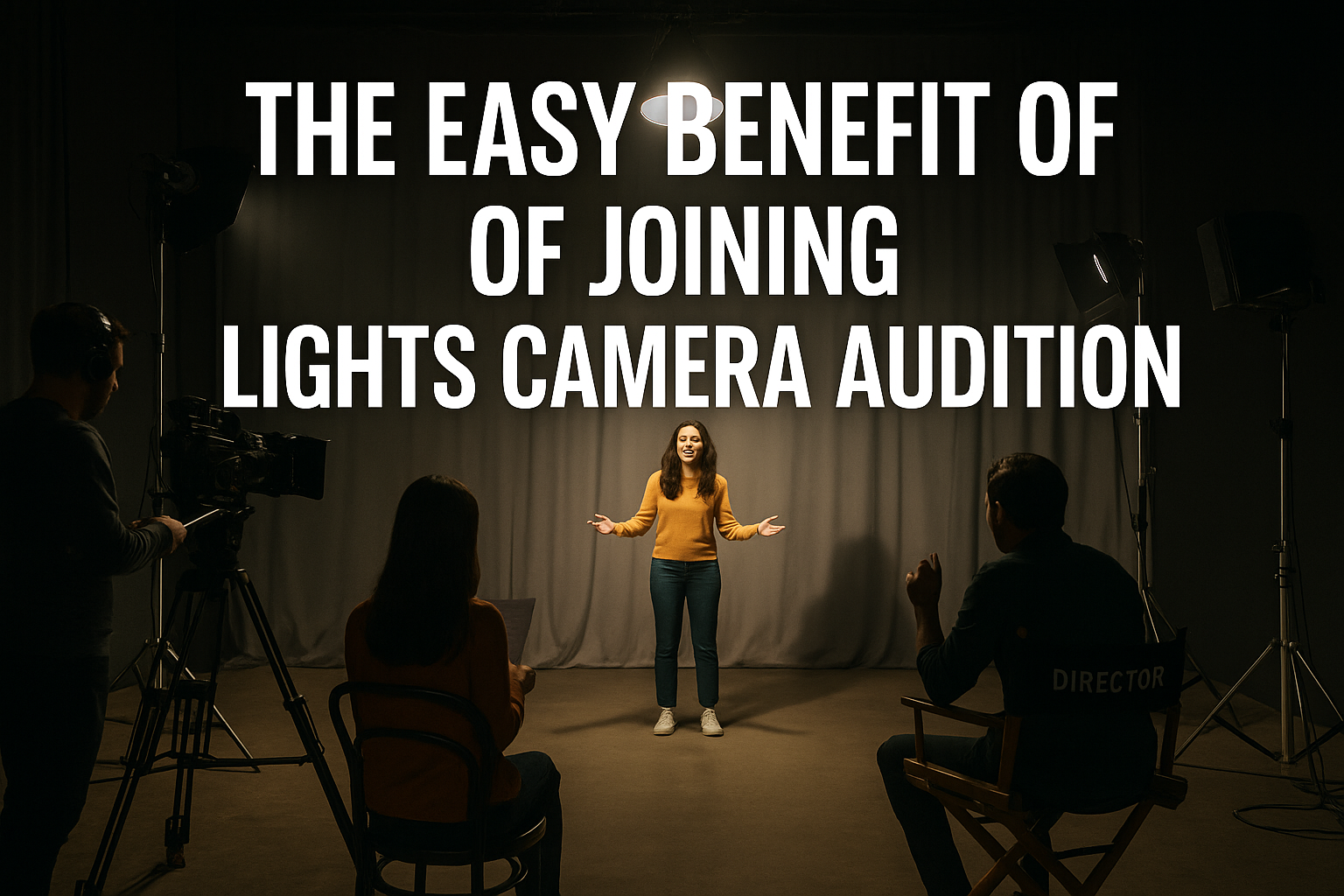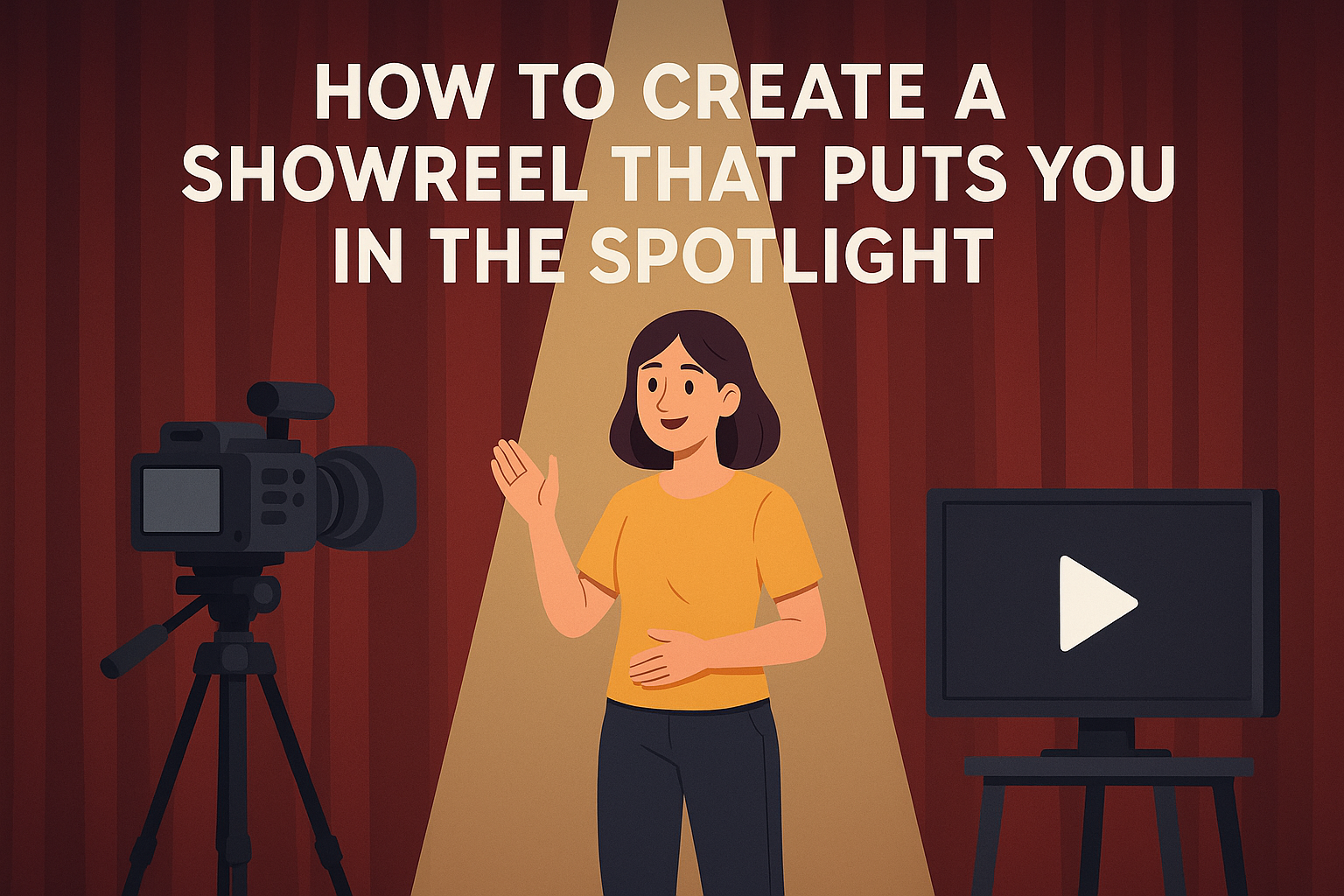
In the entertainment and creative sectors—whether you're an actor, model, filmmaker, dancer, or content creator—a properly edited showreel can be your passport to scoring thrilling projects. It's your showreel visual resume. In contrast to your written CV, your showreel instantly displays casting directors, producers, or clients what you can do within 1–2 minutes.
But with all the creatives vying for attention, how do you get your showreel noticed?
We're going to break down all you need to know about creating a showreel that not only evidences your talent, but gets you noticed, in this blog.
1. Know the Purpose of Your Showreel
Before you even begin editing, make sure you know exactly what your showreel is intended to do. Are you attempting to:
Secure acting work?
Attract modeling agencies?
Get hired as a filmmaker or cinematographer?
Pitch yourself as a dancer or choreographer?
Every profession is different, and your showreel should be too. A director won't care about your dancing, and a casting director won't be interested in your editing techniques.
Tip: Make alternative versions of your reel for alternative audiences if necessary.
2. Keep It Short and Powerful
Time is precious. Most producers or casting agents won't screen over 60 to 90 seconds of a showreel, and certainly not if it doesn't grab them immediately.
Optimal length: 1 to 2 minutes maximum
Grab them in the first 10 seconds—start with your best performance or most compelling image.
Don't waste time on long introductions or elaborate animations—cut to the chase.
3. Begin With Your Best Work
Don't reserve your best clip for the end. Begin with your most powerful and impressive clip. Whether you have an emotional monologue, a high-energy dance performance, or a cinematic short film moment—lead with your strongest material.
People won't watch the entire reel, but if they find what they see at the start engaging, they'll continue watching—or better still, call you in.
4. Demonstrate Range, But Remain Focused
If you're an actor, demonstrate various emotions, accents, or types of characters—but ensure it's cohesive and doesn't come off as jumbled. As a filmmaker, showcase cinematic shots and storytelling scenes—but not all your miscellaneous clips you've ever taken.
For creatives:
Actors: Drama + comedy + voice acting (if applicable)
Models: Editorial + runway + commercial
Dancers: Various styles (but only if you're skillful at all of them)
Filmmakers: Highlight narrative, lighting, editing, camera movements—but maintain cohesion
Too much variety can confuse the viewer; focus on quality over quantity.
5. Keep Transitions Smooth
Your showreel should flow naturally. Abrupt cuts, inconsistent audio, or jarring color changes can distract from your talent. Use smooth transitions, keep the pacing consistent, and avoid over-the-top effects.
If possible, work with a professional editor or someone who understands how to craft a visually appealing and emotionally engaging reel.
6. Use Only High-Quality Footage
Grainy, shaky, or low-res footage can kill your showreel even when your performance has been excellent. Use HD-quality clips and clean audio at all times. If you don't have professional clips as yet, team up with student filmmakers or shoot your own stuff using a good camera setup.
Poor video in today's digital age can convey the impression that you're not serious about your work.
7. Add Your Contact Information
At the end of your reel, include your:
Full name
Phone number or email
Website or portfolio link
Social media (if applicable)
Keep it simple for people to find you. You don't want them searching through Google.
8. Tailor for Every Opportunity
Don't send everyone the same reel. If you're auditioning for a romantic role, send a reel with those scenes. For an action role, show stunts or physical acting.
Pro tip: Save various versions of your reel titled clearly (e.g., "Acting_Reel_Comedy," "Dancer_Reel_HipHop") so you can immediately share the appropriate one when opportunities come up.
9. Use Music Wisely (or Not At All)
If you do use background music, ensure that it:
Doesn't overwhelm dialogue or sound
Is consistent with the tone of your reel
Isn't copyrighted (if you don't have permission)
For most instances—particularly for actors—music isn't required at all. It can get in the way of your performance.
10. Post It Strategically
After your reel is finalized, share it on platforms such as:
YouTube (unlisted if necessary)
Casting platforms
Your own website
Ensure the thumbnail is nice, and the video plays well on desktop and mobile.
Your showreel is among your strongest weapons in your creative arsenal. Tidy it up, like your business card—spick and span and reflective of your best work. Whether you're new to the game or re-shooting after decades, keep in mind:
Short. Strong. Specific.
A quality showreel can be the difference between getting overlooked and getting hired. Take the time to make it worthwhile.
Auditioning is the door into acting, be it entering the high-energy arena of advertising or the emotionally rich universe of film. But even though the essentials of acting—presence, expression, timing—never change, expectations and procedures vary immensely between commercial and film auditions. Knowing these essential variations can assist actors in preparing more effectively and adjusting their performances for each arena.
Auditioning for a backup dancer role is an exciting opportunity that can open doors to performing with top artists, appearing in music videos, touring internationally, and gaining industry recognition. But it’s also one of the most competitive and demanding audition types in the entertainment world. Whether you're auditioning for a big-name pop star or an up-and-coming artist, knowing what's required and how to prepare can be the difference between fitting in and landing the gig.
Getting into the profession of acting can be a heady and even frightening experience — particularly if you're being asked to do a monologue for the first time. Whether you are auditioning for school play, community theatre, or a drama school, your monologue is your opportunity to introduce casting directors to who you are and what you have to offer on stage.
Do you have a dream of becoming an actor, model, dancer, or influencer? If you want to get into the entertainment field, Lights Camera Audition might be the best place to begin. It's a web-based site aimed at bringing talent and casting together for film, television, web series, commercials, and other opportunities.
Lights Camera Audition!
Don't miss out on the latest updates, audition calls, and exclusive tips to elevate your talent. Subscribe to our newsletter and stay inspired on your journey to success!
